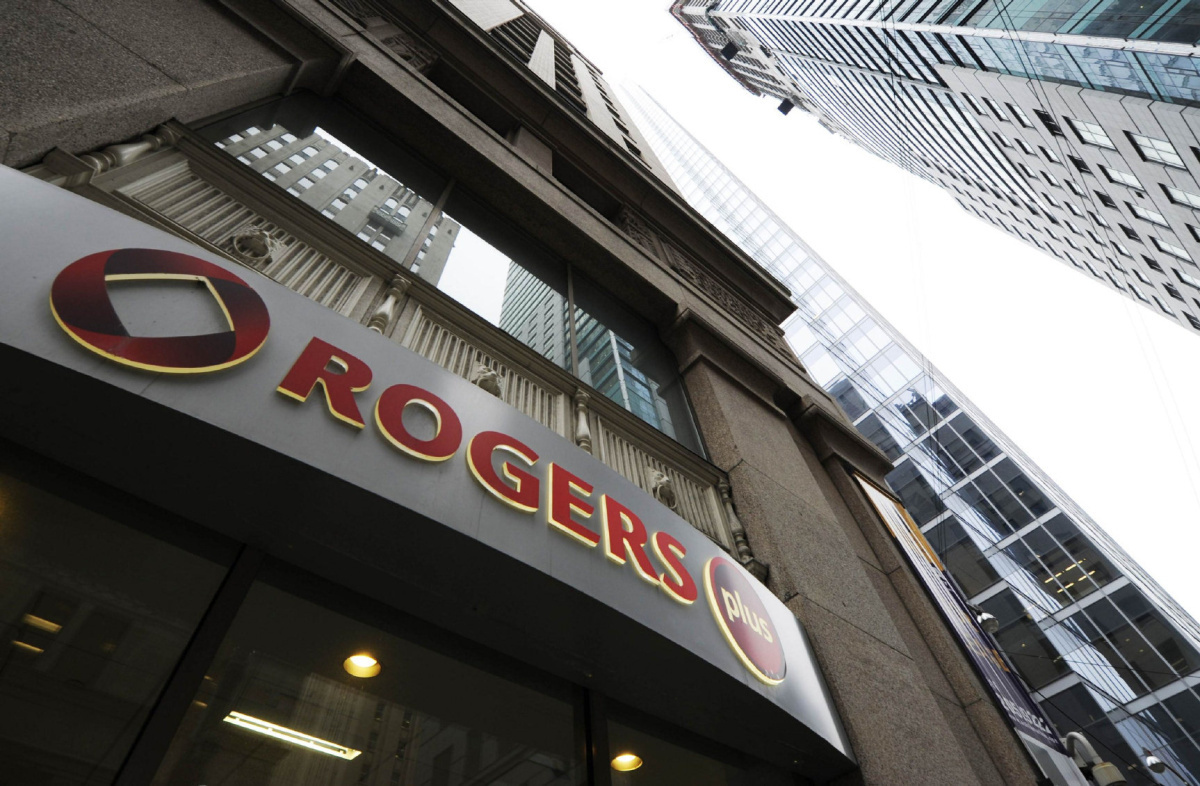How a Small Position Can Change How You Think
Getting that elusive market feel
by Adam Grimes
This week, I’m writing a series of short posts on very practical, applied things that you can add to your trading toolkit. I’m trying to select these so that they work for a wide range of trading styles, timeframes, approaches, and instruments, but think carefully about whether they will work for you. Nothing works all time and for every trading style. Today, I want to share one of the most important “secrets” I know for getting a feel for market action.
 All of our decisions, in everything we do, are based on a combination of rational analysis, emotional reaction (or analysis), and some degree of intuitive feel. Even if we think we are completely rational, we aren’t–these other influences are always there, and most smart traders/investors know how to harness them for good. Getting that intuitive sense can sometimes be hard because we don’t really know what we think about a position until we put it on. Here’s a so-simple-you-might-miss-it tool to help you get that feel: put on a position.
All of our decisions, in everything we do, are based on a combination of rational analysis, emotional reaction (or analysis), and some degree of intuitive feel. Even if we think we are completely rational, we aren’t–these other influences are always there, and most smart traders/investors know how to harness them for good. Getting that intuitive sense can sometimes be hard because we don’t really know what we think about a position until we put it on. Here’s a so-simple-you-might-miss-it tool to help you get that feel: put on a position.
In my experience, it’s enough to put on a tiny position and see your P&L fluctuate. Again, to put numbers to it, let’s say you are a stock swing trader who usually risks $2,000 on trades in individual stocks; maybe you put on a trade in the SPY (or equivalent) and trade small enough–no, tiny enough, that you only risk $50 on the entire trade. Or maybe, this might be the one time we don’t worry about position size and just put on a few shares. For another example, if you are a stock index daytrader who normally trades a 10 lot, you only put on 1 (or even less than 1 if you can do it with an ETF.)
Why does this work? I think the reason is that the experience of having actual risk on in the market, even if it is tiny risk, is very different from sitting on the sidelines and watching prices. Being “in the game” has a completely different emotional context than watching prices. (This is one reason why I think new traders should move from papertrading to real trading by going through a period of small risk. Even if that risk is small enough that it is insignificant financially, it is significant emotionally and behaviorally.) I’ve even known intraday traders who would come in with a bias for the day and then put on a position against their bias first thing–on very small size, to be sure, but actually putting the position on in the market.
This is a useful tool, but, if you use it, you want to monitor your reaction to it. We tend to triage risk factors, and, after a while, you may “learn” that these small feeler positions represent no real risk to your portfolio, so you may start disregarding them. If this happens–and it doesn’t have to happen, but it’s a risk–if this happens then the tool will lose its effectiveness for you.
Small habits and behavioral tweaks can make a big difference. Simple things can have a profound impact. Give this a shot. Next time you aren’t sure how you feel about a market, put on a real, but very small position, and watch your reactions to the fluctuating P&L. Information comes to us in many ways, and there’s no better way to understand a market than to have real risk on in that market.

















